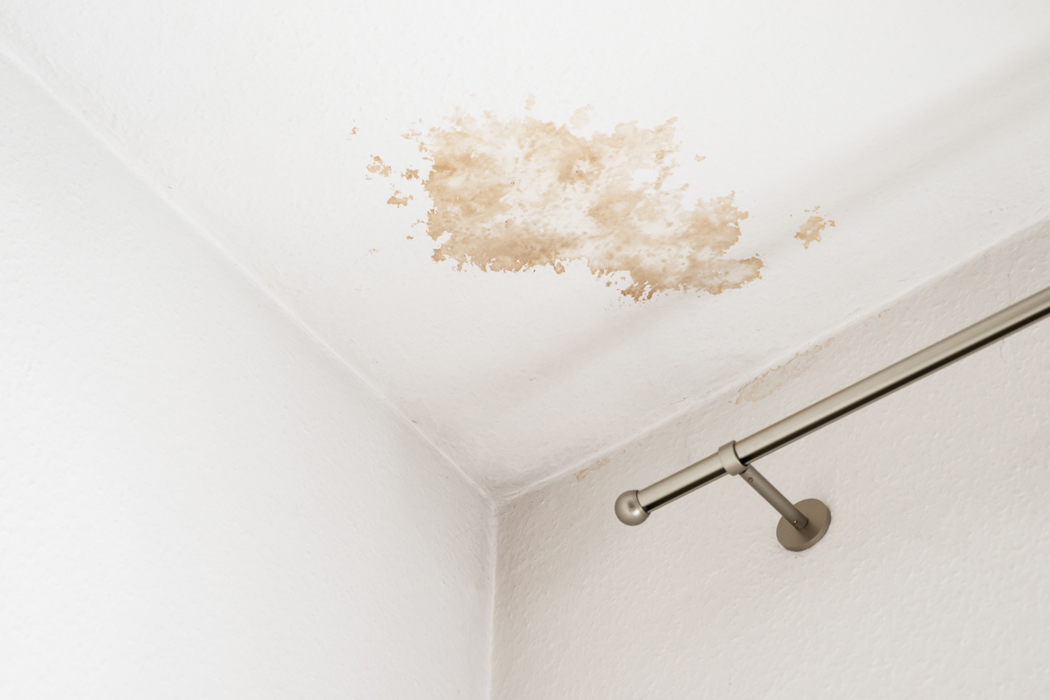The Science Behind Mold Growth
Mold growth is a natural and persistent issue that can affect homes and buildings under certain environmental conditions. Understanding the science behind mold growth is crucial for effective prevention and remediation. At Arizona Mold Removal Pros, we delve into the intricacies of mold biology and environmental factors that contribute to its proliferation.
1. Mold Basics
What is Mold?
- Mold refers to various types of fungi that grow in multicellular filaments called hyphae. These fungi reproduce by producing spores that can spread through the air.
Conditions for Growth:
- Moisture: Mold requires moisture to grow and thrive. Moisture can come from high humidity, water leaks, condensation, or flooding.
- Nutrients: Mold feeds on organic materials such as wood, drywall, and carpeting, breaking them down to obtain nutrients for growth.
- Temperature: Mold thrives in temperatures ranging from 60°F to 80°F (15.5°C to 26.5°C), although some species can grow in cooler or warmer conditions.
2. Lifecycle of Mold
Germination: Mold spores are microscopic and ubiquitous in the environment. When conditions are favorable (moisture, nutrients, and temperature), spores settle on a surface and begin to germinate.
Hyphal Growth: Germinated spores produce hyphae, which extend and branch out into the material they are growing on. These hyphae secrete enzymes to break down organic matter for nutrient absorption.
Mycelium Formation: As hyphae grow and interconnect, they form a network called mycelium. This visible network is often observed as the fuzzy or discolored patches of mold on surfaces.
Spore Production: As mold matures, it produces reproductive structures called fruiting bodies, which release spores into the air to spread and colonize new areas.
3. Environmental Factors
Moisture:
- Moisture is the primary factor influencing mold growth. High humidity levels (above 60%) can create conditions conducive to mold growth, especially in poorly ventilated areas.
Nutrients:
- Mold requires organic materials to grow. Common nutrients include cellulose (found in wood, paper, and drywall), starch (in wallpaper and some building materials), and dust.
Temperature:
- Mold growth is optimal between 60°F to 80°F (15.5°C to 26.5°C), but it can grow in colder or warmer conditions, albeit at a slower rate.
4. Common Types of Indoor Mold
Stachybotrys chartarum (Black Mold):
- Known for its dark green or black appearance, this mold thrives in areas with high cellulose content and prolonged moisture exposure. It’s often associated with water damage.
Aspergillus:
- A common indoor mold that varies in appearance and color. Aspergillus can cause allergies and respiratory issues in sensitive individuals.
Cladosporium:
- Found on both indoor and outdoor surfaces. It can grow in cool areas and has a characteristic black or green appearance.
5. Preventing Mold Growth
Control Moisture:
- Address water leaks promptly.
- Maintain indoor humidity levels below 60%.
- Improve ventilation in high-moisture areas like bathrooms and kitchens.
Monitor Indoor Conditions:
- Use hygrometers to measure humidity levels.
- Inspect and maintain HVAC systems regularly.
- Ensure proper drainage around your home to prevent water buildup.
Remove Mold Promptly:
- Clean and disinfect affected areas using appropriate cleaners.
- Consider professional mold remediation for extensive or persistent mold problems.
Conclusion
Understanding the science behind mold growth empowers homeowners to take proactive measures to prevent mold issues and protect their homes and health. By controlling moisture, monitoring indoor conditions, and promptly addressing any mold growth, you can maintain a healthy indoor environment. If you’re dealing with mold problems or need professional assistance, contact Arizona Mold Removal Pros for expert mold inspection and remediation services.
For more information or to schedule a consultation, reach out to us today. Let’s work together to ensure your home remains mold-free and safe for years to come.



